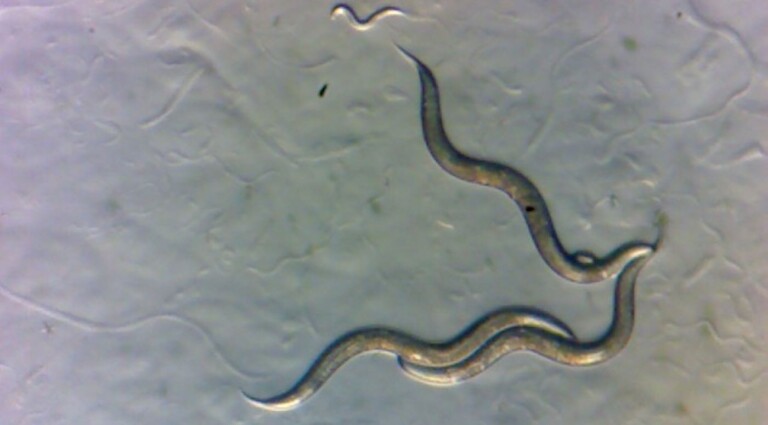Chernobyl Worms Could Help in Human Cancer Research

The 1986 Chernobyl nuclear disaster left the surrounding area severely radioactive. Interestingly, researchers have recently found worms that thrive in these conditions, which could be pivotal for cancer research.
Despite human evacuation, various plants and animals thrived in the Chernobyl Exclusion Zone, prompting researchers to investigate the impact of chronic radiation on DNA.
A study led by New York University reveals that microscopic worms in Chernobyl today have not suffered genome damage from chronic radiation, suggesting exceptional resilience. This finding may shed light on why some individuals with a genetic predisposition to cancer develop the disease, while others do not.
In a 2019 expedition to the Chernobyl Exclusion Zone, a team, including NYU’s Sophia Tintori and Professor Matthew Rockman, gathered these worms across different radiation exposure levels. Using Geiger counters to measure radiation and wearing protective gear, the researchers’ analysis in both Ukrainian and NYU labs revealed the worms’ surprising resistance to radiation.
Focusing on the Oscheius tipulae species, the study unearthed that these worms’ resilience to DNA damage did not correlate with the radiation levels in their environment, challenging previous assumptions about the impact of radiation on evolutionary processes. These findings suggest that the Chernobyl worms haven’t evolved specifically to withstand radiation. The study offers insights into DNA repair variability, which could further our understanding of human cancer susceptibility.
Despite the lack of a genetic signature indicating radiation damage, researchers designed a system to assess how different worm populations grew and responded to various DNA damage types. Surprisingly, worm lineages’ tolerance to DNA damage did not correlate with radiation levels at collection sites.
Contrary to expectations, the study suggests that worms in Chernobyl are not inherently more radiation-tolerant, and the radioactive landscape did not force them to evolve. These findings provide insights into variations in DNA repair and offer potential applications for understanding natural variation in humans.
Sophia Tintori confirmed the study’s implications for cancer research “Now that we know which strains of O. tipulae are more sensitive or more tolerant to DNA damage, we can use these strains to study why different individuals are more likely than others to suffer the effects of carcinogens,”